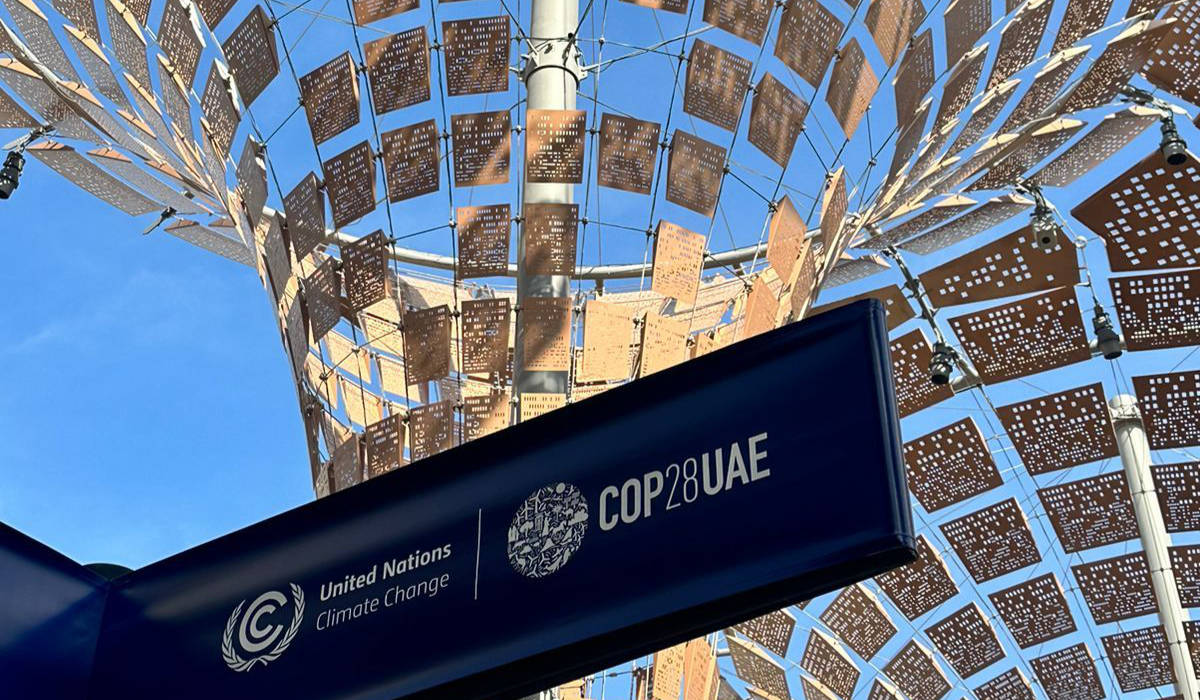Saliem Fakir, Executive Director at the African Climate Foundation, reflects on the evolution of the Just Energy Transition Partnership in South Africa and what the country needs to deliver its vision.
South Africa is one of the world’s most coal dependent countries. Beyond the climate imperative, what makes the transition to cleaner energy sources so urgent?
Coal dependency is not a prudent and cheap solution in the long-term. As we deepened our investments in coal plants, the cost of electricity from coal has grown, our cheapest coal reserves are running low, the coal fleet is ageing and the coal industry is concentrated in one part of the country, making it economically vulnerable.
Besides, state utility Eskom, which has a monopoly over the electricity sector, is deep into debt and is effectively a very high-risk investment. We have a major energy crisis in the country. Loadshedding is at its worst.
If we don’t do anything about creating a more dispersed model of energy generation, a worsening energy crisis is staring us in the face.
How did the just energy transition become a key part of the government’s development vision?
Discussions on achieving a just energy transition (JET) have been brewing in South Africa since 2015. But it’s the job summit, organised by the government in 2018, which brought the issue to the fore in government circles and other stakeholders.
The aftermath of the job summit led to the establishment of the Presidential Climate Commission, which has been essential in driving the just transition and Eskom’s just transition unit the JET. This work has a two-pronged approach. First, de-risking the electricity sector by ending coal dependency and Eskom’s monopoly. Second, finding cheap sources of finance could spur a faster coal phase out and cheaper build programme for renewables and the transmission system.
In 2021, Eskom needed cheaper sources of finance – so the JET was important – and help to provide finance that could reduce its debt service costs and boost investments in clean energy solutions. The government’s improved 2030 climate plan (NDC) showed that deeper emissions cuts could be achieved – and the JET was the framework that could help deliver this ambition.
This was ultimately the basis on which South Africa agreed to an $8.5bn Just Energy Transition Partnership (JETP) with international partner countries at COP26.
Critics argues the JETP doesn’t offer South Africa good enough terms to support a just energy transition. Do you agree?
The original figure for the JETP was much lower than $8.5bn. South Africa asked for a higher financial commitment to align the JETP with the country’s long-term interests.
The $8.5bn package is a helpful contribution. It allows the government to fast track the diversification of the electricity sector and to raise funding at much lower costs than on the open markets.
Importantly, the JETP is part of a broader investment plan for achieving energy security, development needs and climate goals. This is why it became so attractive to other emerging economies.
However, there is a significant funding gap. The government identified $98bn in necessary investments to jump start the transition and it is looking to mobilise more funds for its “just” components, which must be delivered in grants. The Germans, the French and now the Americans, are putting more money on the table. During a visit to South Africa, Janet Yellen, US secretary of the treasury, announced an additional $45m.
South Africa could seek funding beyond Western governments, including from the New Development Bank (formerly BRICS Development Bank), China and even the Gulf States.
In the meantime, a lot more work needs to be done on where the money will be allocated and through which mechanisms will help boost investors’ confidence and attract other sources of funding. Thinking through new development models in coal-dependent regions will help unlock other sources of development funds and investments in new areas.
What else needs to be taken into account to make this transition fair for coal workers?
Not everything has to do with money.
Coal mine workers do not have clarity on what the JETP investment plan means for them and there’s a lot more work to be done there. There are talks of setting up a just transition cooperative centre that could work with the trade unions and focus on the interests of workers.
We need to bring coal miners on board. The transition process will not succeed without them buying into it. This process should not be brutal but empathetic – executed with kindness and justice. It’s crucial that we get that right.
What steps do South Africa need to take to start delivering on its investment plan in the next year?
An implementation office is being set-up and three priorities should drive its work.
Firstly, unbundling Eskom to create a competitive market for electricity generation. The first big win lies in separating the transmission operation and running it independently. This would open the market to the cheapest sources of electricity and has great transformative potential.
The loss of key people within Eskom, including its CEO Andre de Ruyter and Mandy Rambharos, former head of the energy transition department who championed the reforms, risks having an impact on their execution. It will be interesting to see how Eskom deals with the situation.
Secondly, provincial governments, workers and unions should outline alternative development trajectories for coal mining areas. And thirdly, a considerable expansion of investments into the grid is needed to avoid it becoming a bottleneck that impedes clean energy uptake.
In the months ahead, we need concrete project proposals and a financing conference that focuses on plugging the funding gap. I hope this discussion can feed into the Africa Climate Summit taking place in Kenya in September.



